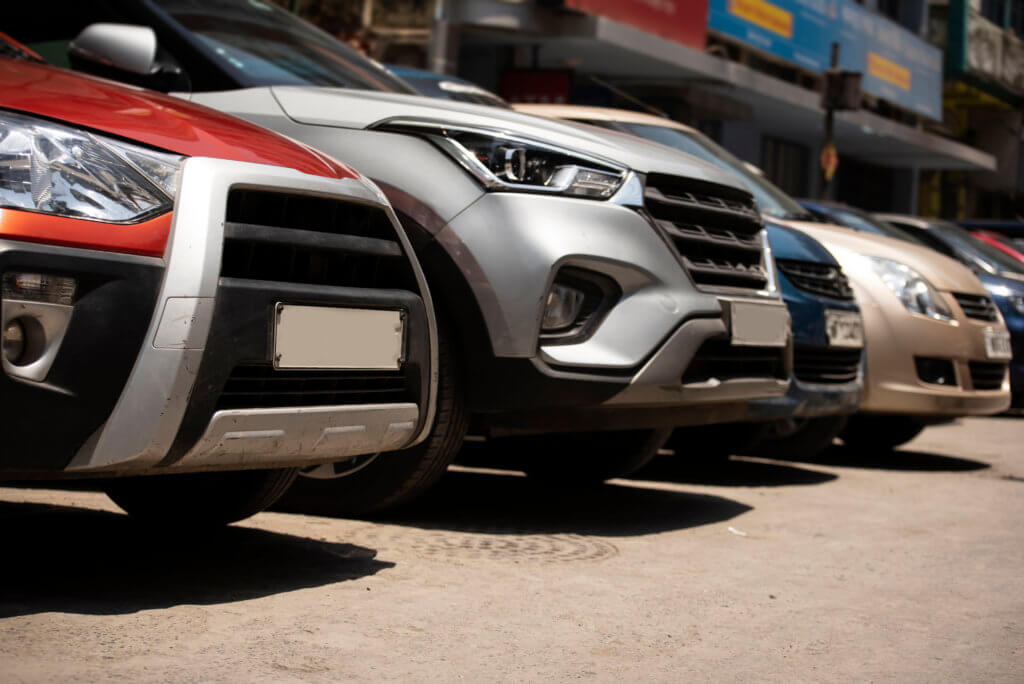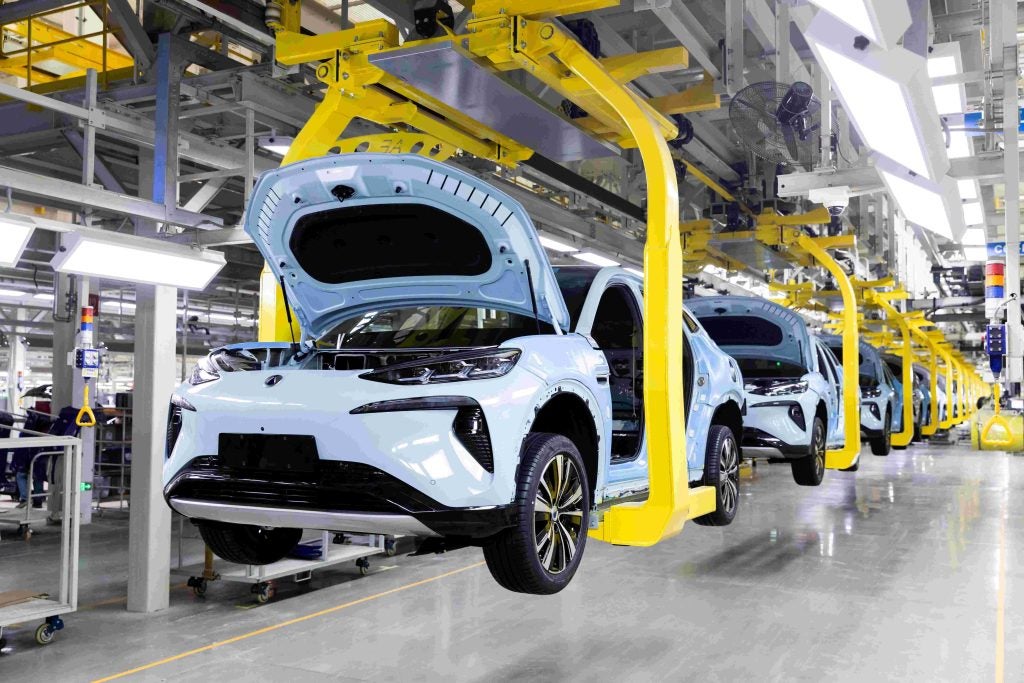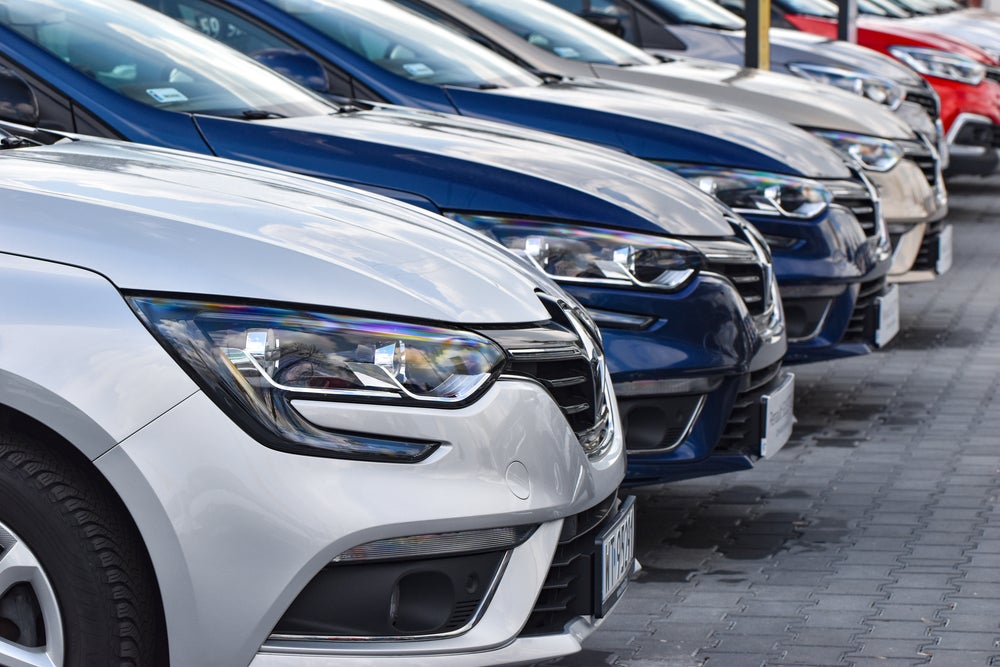With the world’s economies in turmoil, China’s star continues to rise. Indeed, China has remained the only one of the world’s major economies that continued to show growth through the global recession of 2008-09. In this extract from a just-auto research report looking at the Chinese auto industry and its prospects, Mark Bursa considers the causes of continued – and seemingly inexorable – market growth.
China has certainly not been immune from the global crisis – many consumer goods are produced there, such as computers, mobile phones, cameras, white and brown goods – and as the global economy tumbled, so did demand for such items, leading to factory closures and layoffs in China. In 2008, car sales growth in China slowed to a single-digit rate for the first time since the turn of the century.
But the automotive market is different, in that most of its output is still for domestic consumption. Exports have grown, but are still focused on emerging markets, as Chinese cars in the main still fall well short of the ever-tightening safety and emissions standards demanded in the west. This has isolated the automotive sector from the collapse in global demand.
It has only taken some government sales incentives to kick the growth curve sharply upwards in the latter half of 2009. As a result, China ended the year as the world’s largest car market, ahead of the US – several years ahead of when most analysts predicted this would happen.
Domestic demand will strengthen in 2010 and beyond as wealth spreads to smaller cities and towns. Continued Chinese government incentives will help too. This is likely to keep Chinese automakers occupied for some time satisfying domestic demand, and ambitious export plans may take a back seat for the time being.
Government stimulus takes effect
How well do you really know your competitors?
Access the most comprehensive Company Profiles on the market, powered by GlobalData. Save hours of research. Gain competitive edge.

Thank you!
Your download email will arrive shortly
Not ready to buy yet? Download a free sample
We are confident about the unique quality of our Company Profiles. However, we want you to make the most beneficial decision for your business, so we offer a free sample that you can download by submitting the below form
By GlobalDataPropelled by Government incentives, vehicle sales in China reached a record 13.6m units in 2009, the China Association of Automobile Manufacturers (CAAM) reported, well above the organisation’s earlier target of 10m. That took China to an undisputed number 1 position globally, more than 3m units ahead of the US, where 10.4m cars and light trucks were sold in 2009, the lowest level in 27 years. The Chinese total also includes about 650,000 heavy vehicles.
The market has recovered strongly since February 2009 due to government stimulus measures, including aggressive cuts in sales tax for small cars. The SAIC-GM-Wuling joint venture sold the most vehicles last year – 976,800 – ahead of Shanghai Volkswagen (728,200), Shanghai GM (708,400), FAW Volkswagen (669,200) and Beijing Hyundai (570,300).
China saw car sales growth of more than 20% for three consecutive years in a row until 2008 when slowing economic growth began to reduce demand and growth slowed to a single-digit rate for the first time in at least 10 years due to natural disasters and a slowing economy.
Passenger car sales in 2008 rose 7.27% to 6.76m vehicles, though sales fell heavily toward the end of the year, according to CAAM.
The Chinese Government acted swiftly to reverse the late-2008 decline, introducing incentives to boost the market – with rapid results. Sales of passenger cars in China stabilised in January, falling just 0.2 percent against to January 2008 while in February, normal service was resumed: according to CAAM, sales surged 24 percent to 607,300 units.
The Chinese Government’s incentive package included a purchase tax cut to 5% from 10% for cars with engines smaller than 1.6 litres, and a scrappage incentive that gave one-off cash rebates totalling US$732m to owners of older vehicles who trade them in for newer, more fuel-efficient ones. A fund worth RMB5bn (US$730m) has been established to fund the cash rebates. The incentives ran from 20 January, 2009 until the end of the year.
The government also said it would set up a RMB10bn (US$1.4bn) fund to promote new technology, including renewable energy, over the next three years, while supporting the eventual mass production of electric vehicles.
As a result of the short-term measures, February 2009 total vehicle sales, including cars, buses and trucks, rose 25 percent year-on-year to 827,600 units, taking sales past the 800,000 level for the first time since June 2008. Subsequent growth has been more modest, but set against declines of 30-40% in major western markets, China is set to overtake the US to become the single largest car market this year. China overtook Japan in 2006 to become the world’s number two automotive market.
In 2003, former GM chairman Jack Smith forecast that China would overtake the US as the world’s largest car market “at some point”. He didn’t expect it to happen before the end of the decade – subsequent GM comments suggested a 2015-2020 horizon.
The ‘cash for clunkers’ scrappage scheme has to some extent stimulated the US market by bringing forward around 1.1m sales. Earlier forecasts, based on the first two months of 2009, that the US market would plunge below 9.6m. Chinese passenger car sales in 2009 reached around 8m units, up 40% on 2008.
In August and September 2009, Chinese sales totalled 1.1m and 1.25m units respectively. Indeed, China’s auto sales surpassed the US market for all but two months in 2009.
The strong Chinese numbers have been boosted by government subsidies, including cuts in sales tax and subsidies. The 2009 subsidies included a reduction in the purchase tax from 10% to 5% on automobiles with engines smaller than 1.6 litres and subsidies for rural sales.
Sales have been strongest in the mini car, sub-compact car and compact car segments that enjoy the tax incentives, where sales grew by more than 70% in the months immediately after the incentives were introduced. But all other segments reported sale growth of more than 50% in August. The MPV segment grew 58% bolstered by an increase in financing.
Analysts believe that China has now passed through the worst effects of the recession. “The consensus is growing that China’s economy has bottomed out,” China Daily Information reported JD Power Consulting Shanghai senior market analyst Jenny Gu as saying.
Other indicators point to sustained growth. China’s August international trade improved as both import and export of goods stopped declining. Investment figures showed a rise as did consumption figures. Asset, housing and stock prices were also seen to be picking up.
In December 2009, the Chinese government announced a partial extension of the incentive scheme until the end of 2010, focusing on small cars, to help ensure continued growth in the domestic car market.
From January 2010, the purchase tax will be increased just partially, to 7.5% of the total vehicle price for models with engines up to 1.6 litres. The government also plans to raise incentives on traded-in cars from between CNY3,600-6,000 to CNY5,000-18,000, depending on vehicle type, to encourage replacement purchases. It also plans to extend alternative fuel vehicle subsidies from 13 to 20 cities across the country next year.
CAAM forecasts that the Chinese vehicle market will grow a further 10% in 2010, which would take it to 15m units. Merrill Lynch Japan Securities supports this projection, claiming the Chinese market will grow to 15.5m vehicles in 2010.
Growth drivers
It’s easy to see why the Chinese market is growing so quickly. Wealth is increasing, and the number of families that can afford a car is rising rapidly. Analysts set the entry level for car ownership at an annual income of around US$5,000-6,000.
Initially, this meant growth has mainly taken place in the major cities such as Beijing and Shanghai. But now wage levels in smaller cities such as Xian and Chengdu are reaching the benchmark level, and this trickle-down effect is likely to continue.
Johan Willems, vice president of GM International Operations (GMIO), said: “Today, a big majority of car sales in China are in tier-one cities like Shanghai, Shenzhen and Beijing, each with some 20m people. Fifteen other cities are in tier two in the 10m range.
“We are not even speaking about the tier-three and tier-four cities where people are just starting getting ready for a car. There is an enormous possibility. You can quickly see that in these cities, when people get to certain levels of income, the demand is there.”
This is also likely to grow sales of smaller, cheaper cars – which benefits the domestic Chinese automakers rather than the JVs with foreign automakers. From January to May, the home-grown Chinese car bands accounted for 25.1% of total sales.
Indeed, Credit Suisse estimates that 40% of urban households in China can afford a medium-priced car if auto financing is available while 90% of rural households can afford the cheapest cars on the market.
There is clearly scope for growth. Car ownership is just 2.9% of the population according to Credit Suisse – one of the lowest rates in the world. The bank expects ownership to surge fivefold in the next decade to reach 148 cars per 1,000 residents by 2020. By contrast, the 2007 car ownership level in the US was 940 cars per 1,000 residents, and in Western Europe it was 584 per 1,000.
“We used to believe medium-sized cars would have the biggest market in China, but actually small cars have the greatest potential in terms of energy efficiency and price,” senior engineer Chen Yilong of the Society of Automotive Engineers of China told the state-owned Xinhua news agency.
Mark ‘Coolbear’ Bursa
See also: China automotive market – forecasts to 2016 (download)







